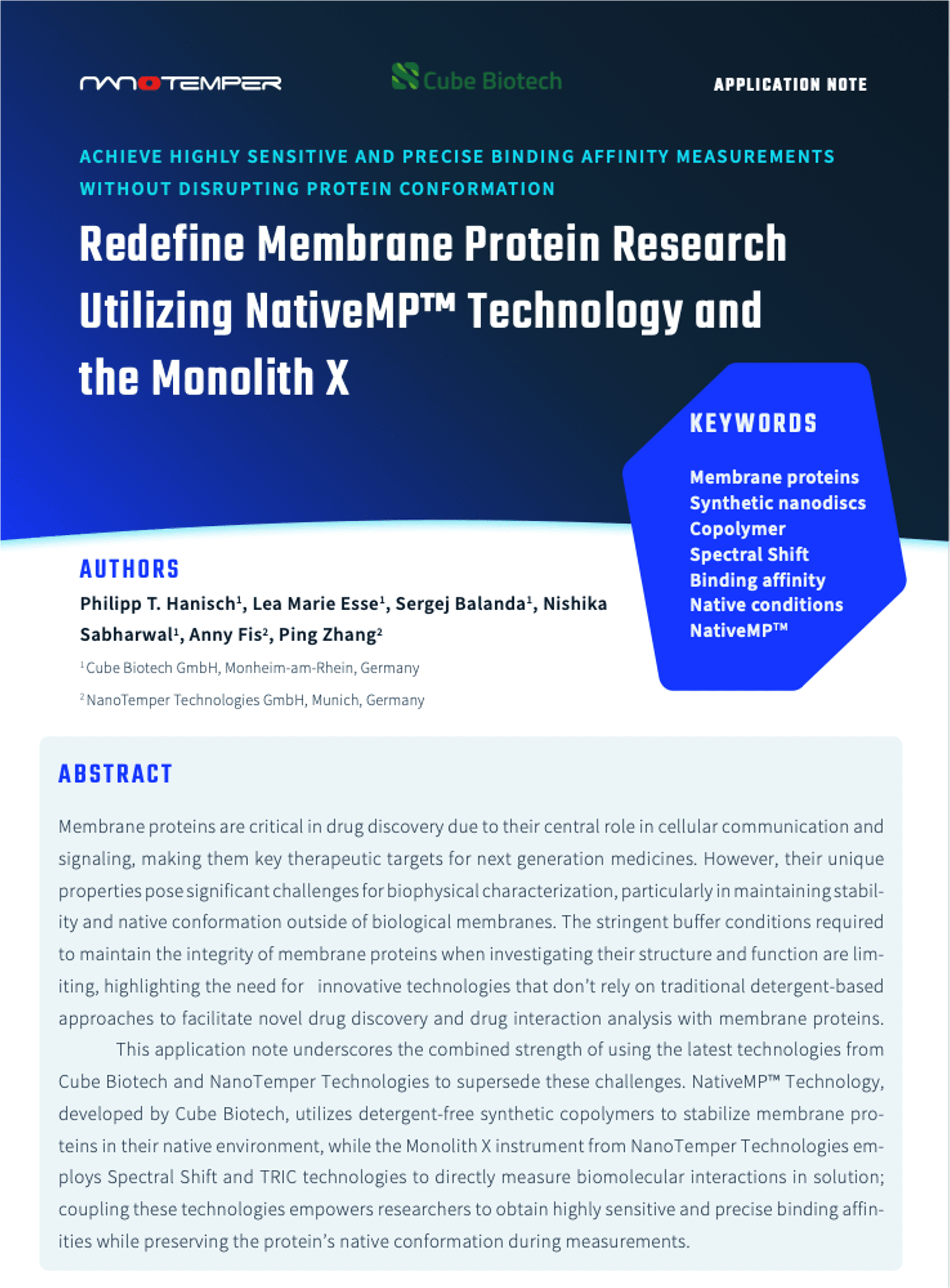Martine Gonneau, Thierry Desprez, Marjolaine Martin, Verónica G. Doblas, Laura Bacete, Fabien Miart, Rodnay Sormani, Kian Hématy, Julien Renou, Benoit Landrein, et al.
Current Biology
2018 Aug 6; 28(15): 2452-2458.e4 doi:10.1016/j.cub.2018.05.075
Abstract
The growth of plants, like that of other walled organisms, depends on the ability of the cell wall to yield without losing its integrity. In this context, plant cells can sense the perturbation of their walls and trigger adaptive modifications in cell wall polymer interactions. Catharanthus roseus receptor-like kinase 1-like (CrRLK1L) THESEUS1 (THE1) was previously shown in Arabidopsis to trigger growth inhibition and defense responses upon perturbation of the cell wall, but so far, neither the ligand nor the role of the receptor in normal development was known. Here, we report that THE1 is a receptor for the peptide rapid alkalinization factor (RALF) 34 and that this signaling module has a role in the fine-tuning of lateral root initiation. We also show that RALF34-THE1 signaling depends, at least for some responses, on FERONIA (FER), another RALF receptor involved in a variety of processes, including immune signaling, mechanosensing, and reproduction [1]. Together, the results show that RALF34 and THE1 are part of a signaling network that integrates information on the integrity of the cell wall with the coordination of normal morphogenesis.
Topics: Plant proteins, Monolith – MicroScale Thermophoresis, MST, Proteins, Publications











